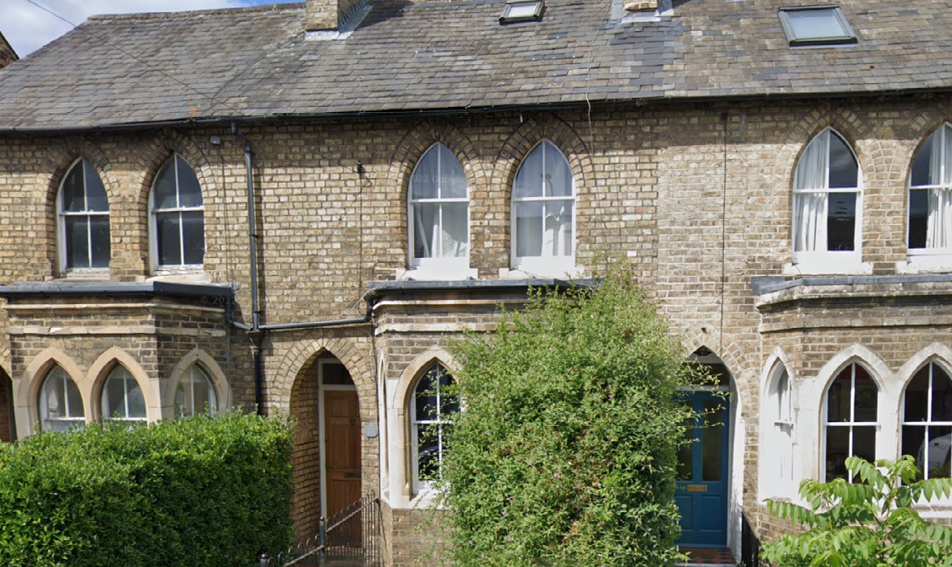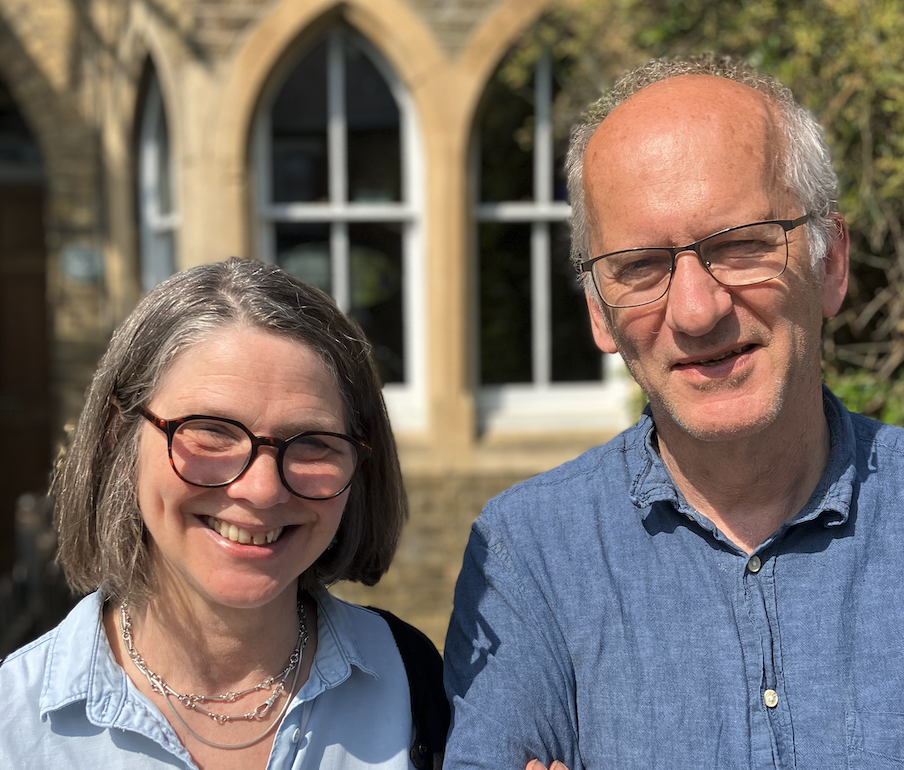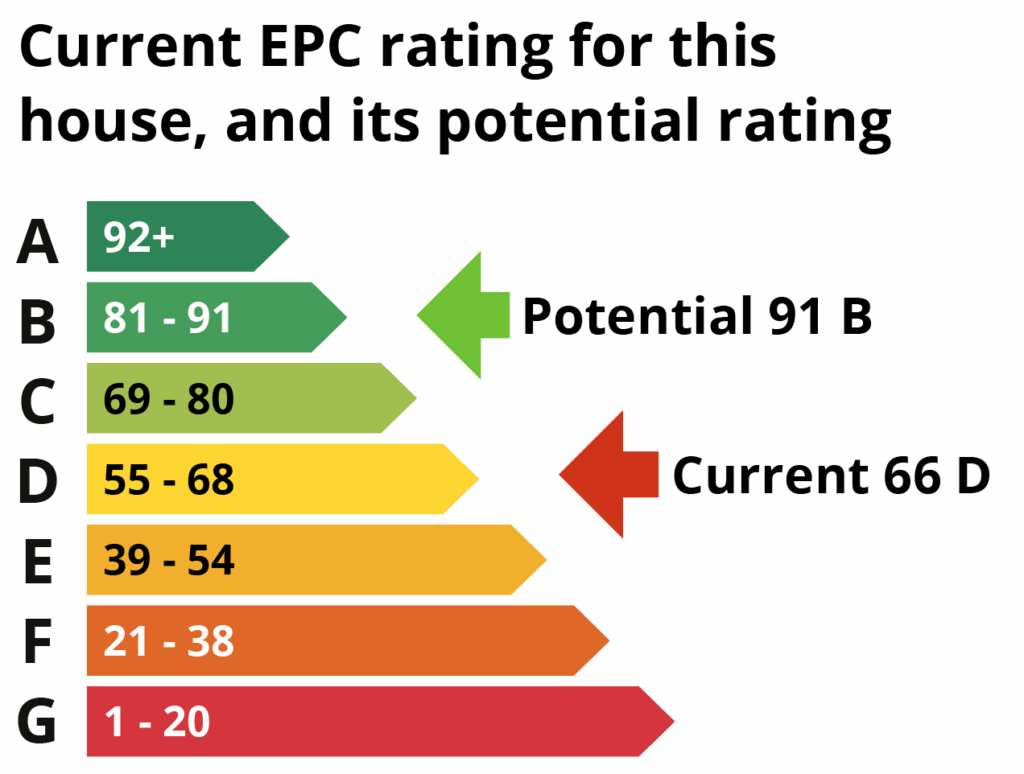
Victorian mid-terrace
Could your home be made warmer, cheaper to run, and better for the planet? See what’s possible when you take a whole-home approach to planning energy upgrades.
What’s the potential of a home like this?
This pre-1900s mid-terrace in Walton Manor, Oxford, is typical of older properties in conservation areas. With solid brick walls, a bay window, and a room in the roof, it faced challenges of heat loss, high bills, and carbon emissions.

The homeowners wanted to understand what more could be done, even after making improvements themselves. With a Whole House Plan they gained a full picture of the options available – and the likely impact of each measure.
Here’s what the plan revealed:
| Carbon emissions could be cut by over 90% |
| The EPC rating could rise from 66 D to 91 B |
| Annual fuel bills could drop from over £2,000 to under £700 |
You don’t have to carry out every measure at once. The Whole House Plan gives you a roadmap so you can make improvements in your own time, at your own pace, and within your budget.

“We have already done a lot of work on the house, but we wanted to get a Whole House Plan to see what more we can do to further reduce our CO? emissions. We didn’t know what might be possible and the Plan would give us a full picture of the options and what impact they would have.”
Carey and Jamie, Walton Manor, Oxford
Where this home stands now
House profile
| EPC rating | Current 66 D > Potential 91 B |
| Type | Mid-terrace |
| Built | Pre-1900s |
| Location | Walton Manor, Oxford (conservation area) |
| Occupancy | Owner-occupied |
| Bedrooms | 4 |
| Floor area | 144m² |
| Walls | Solid brick (rear extension cavity) |
| Floors | Solid concrete |
| Roof | Pitched with room-in-roof |
| Windows | Timber double glazed; bay window |
| Annual energy use | 24,225 kWh (170 kWh/m²) |
| Carbon emissions | 5.0 tonnes CO2/year |
The EPC rating: now vs potential

An EPC rates your home’s energy efficiency – from A (best) to G (worst). A higher score can mean lower bills, but it doesn’t guarantee comfort. Whole-home upgrades help bridge that gap.
Long-term comfort, short-term disruption
| Key to tables: | Low impact: • | High impact: •••••• |
| Minor measures | Comfort & health | Disruption |
|---|---|---|
| Low energy lighting | ● | ● |
| Insulate and draught-proof loft hatch | ●●●● | ● |
| Professionally draught-proof front door | ●●●●● | ● |
| Increase loft insulation around room-in-roof | ●●●● | ●● |
| Insulate bay window flat roof | ●●●● | ●● |
| Ventilation improvements | ●●●●●● | ●● |
| Major measures | Comfort & health | Disruption |
|---|---|---|
| Upgrade room-in-roof insulation throughout | ●●●●● | ●●●●● |
| Internal wall insulation (60mm wood fibre + lime plaster) | ●●●●● | ●●●●●● |
| Air source heat pump | ●●●●●● | ●●●● |
| Measure | Comfort & health | Disruption |
|---|---|---|
| Solar PV | ● | ●● |
Expert tip

“Bay window roofs, although small, can contribute to making the bay area cold. When replacing bay window roofs, make sure that insulation is incorporated into the new roof structure to improve thermal performance.”
Geordie Stewart, Scheme Manager
The difference each step could make
These figures show how each recommended measure could affect the home’s EPC rating, energy bills, and carbon emissions – if installed in the order shown. They’re based on a full Whole House Plan tailored to this property.
| Measure | Est. cost | EPC | Fuel bill | CO₂/year |
|---|---|---|---|---|
| Where you are now | – | 66 D | £2,035 | 5.04 t |
| Increase insulation in room-in-roof | £7.5k–£12.5k | 73 C | £1,576 | 3.73 t |
| Ventilation improvements | £1.5k–£2.5k | 73 C | £1,576 | 3.73 t |
| After fabric measures to C | – | 73 C | £1,576 | 3.73 t |
| Internal wall insulation (60mm) | £16k–£19k | 76 C | £1,380 | 3.17 t |
| Insulate bay window flat roof | £2.5k–£3.5k | 76 C | £1,371 | 3.15 t |
| Professionally draught-proof front door | £250–£450 | 76 C | £1,361 | 3.14 t |
| Air source heat pump | £13.5k–£17.5k | 80 C | £1,311 | 0.62 t |
| Solar PV (4 kWp system) | £5.5k–£7.5k | 91 B | £677 | 0.22 t |
Boost your EPC rating
Installing a single major system like a heat pump or solar panels can still make a big difference. These examples show how individual upgrades could shift the home’s EPC and reduce carbon emissions – even before doing everything else.
| Upgrade option | EPC rating | Fuel bill | CO₂ emissions |
|---|---|---|---|
| Just solar PV | 84 B | £970 | 3.33 t |
| Just heat pump | 77 C | £1,501 | 0.71 t |
| Solar + heat pump | 88 B | £865 | 0.31 t |
Expert tip

“This property has a recessed porch and insulating the ceiling of the porch can prevent heat loss through the floor of the room above. Having the front door professionally draught-proofed can be an excellent way of improving the warmth of the hallway whilst preserving traditional features in a conservation area.”
Natasha Ginks, Retrofit Coordinator
Wondering what’s right for your home?
A Whole House Plan gives you expert, independent advice on the best steps to take – and in what order – so every upgrade really works.
Don’t put it off another year. Take the first step with a free consultation. Our team of experienced Retrofit Advisers will listen to your goals, help you understand what’s possible, and outline the best next steps – no pressure, no obligation.
Smarter home upgrades. Backed by trusted retrofit expertise.

A partnership project
A House Like Mine is an Oxford City Council initiative, delivered as part of the Zero Carbon Oxford Partnership (ZCOP) in collaboration with Cosy Homes Oxfordshire. The idea was first developed through case studies in Charlbury, and has since been expanded to show what’s possible for homes across Oxford and Oxfordshire.
It’s designed to help you take the first step towards making your home cosy, energy-efficient, and ready for the future. Step by step.
A House Like Mine was funded by the MCS Foundation, Oxfordshire County Council, Oxford City Council, and Lucy Group. The case studies are licensed under a Creative Commons BY-NC-ND 4.0 licence (creativecommons.org).

Prefer a PDF version?
Download a shareable PDF of this case study – perfect for your community group, local class, or anyone curious about improving home energy efficiency.
We’re making this resource freely available to raise awareness of how retrofitting – upgrading your home to use less energy and stay comfortable year-round – can make a real difference.
Click here to download the PDF
